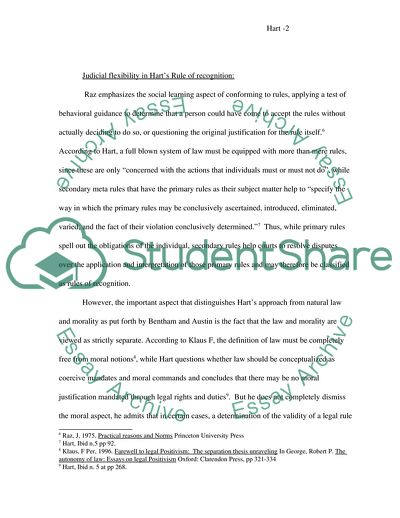Cite this document
(Judges as Lawmakers: Harts Rule of Recognition Essay, n.d.)
Judges as Lawmakers: Harts Rule of Recognition Essay. https://studentshare.org/law/1703649-2-is-it-a-telling-objection-to-harts-rule-of-recognition-that-it-places-legal-officials-in-the-position-of-conferring-the-status-of-lawmakers-upon-themselves
Judges as Lawmakers: Harts Rule of Recognition Essay. https://studentshare.org/law/1703649-2-is-it-a-telling-objection-to-harts-rule-of-recognition-that-it-places-legal-officials-in-the-position-of-conferring-the-status-of-lawmakers-upon-themselves
(Judges As Lawmakers: Harts Rule of Recognition Essay)
Judges As Lawmakers: Harts Rule of Recognition Essay. https://studentshare.org/law/1703649-2-is-it-a-telling-objection-to-harts-rule-of-recognition-that-it-places-legal-officials-in-the-position-of-conferring-the-status-of-lawmakers-upon-themselves.
Judges As Lawmakers: Harts Rule of Recognition Essay. https://studentshare.org/law/1703649-2-is-it-a-telling-objection-to-harts-rule-of-recognition-that-it-places-legal-officials-in-the-position-of-conferring-the-status-of-lawmakers-upon-themselves.
“Judges As Lawmakers: Harts Rule of Recognition Essay”. https://studentshare.org/law/1703649-2-is-it-a-telling-objection-to-harts-rule-of-recognition-that-it-places-legal-officials-in-the-position-of-conferring-the-status-of-lawmakers-upon-themselves.


